Birthplace of Route 66 Gallery
Introduction
Text-to-speech Audio
Images
Birthplace of Route 66
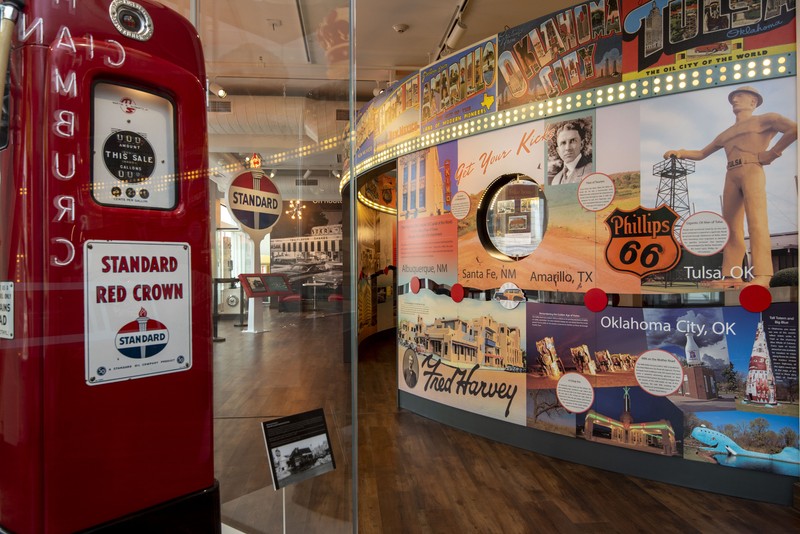
Explore Route 66 on national and local levels
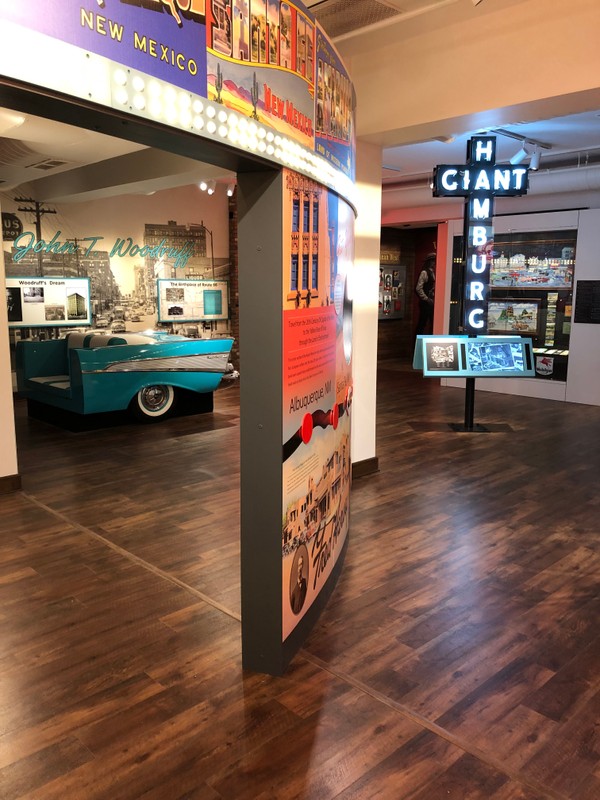
Graham's Rib Station original neon sign
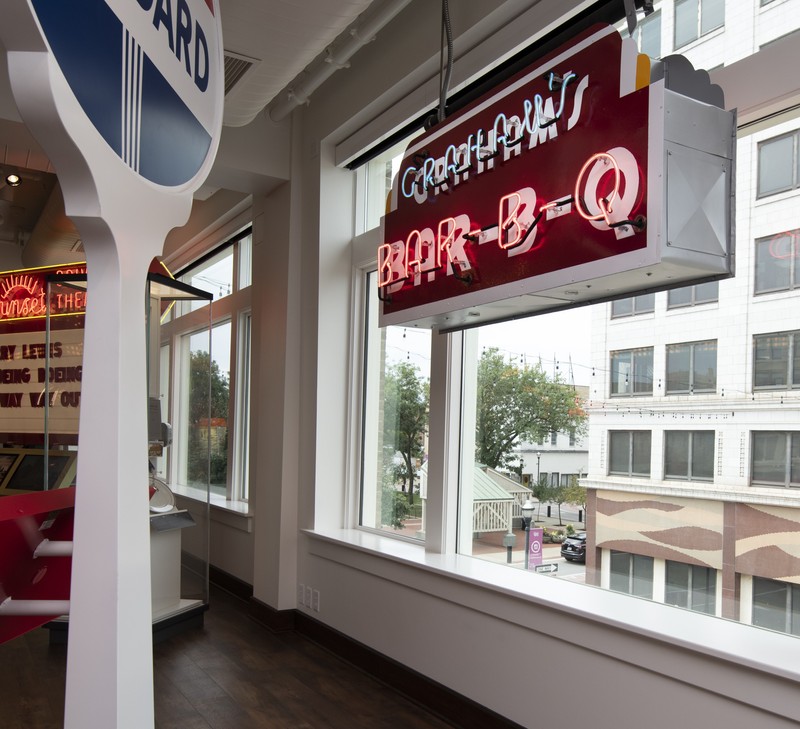
Rail Haven Motel & Standard Gas Pump
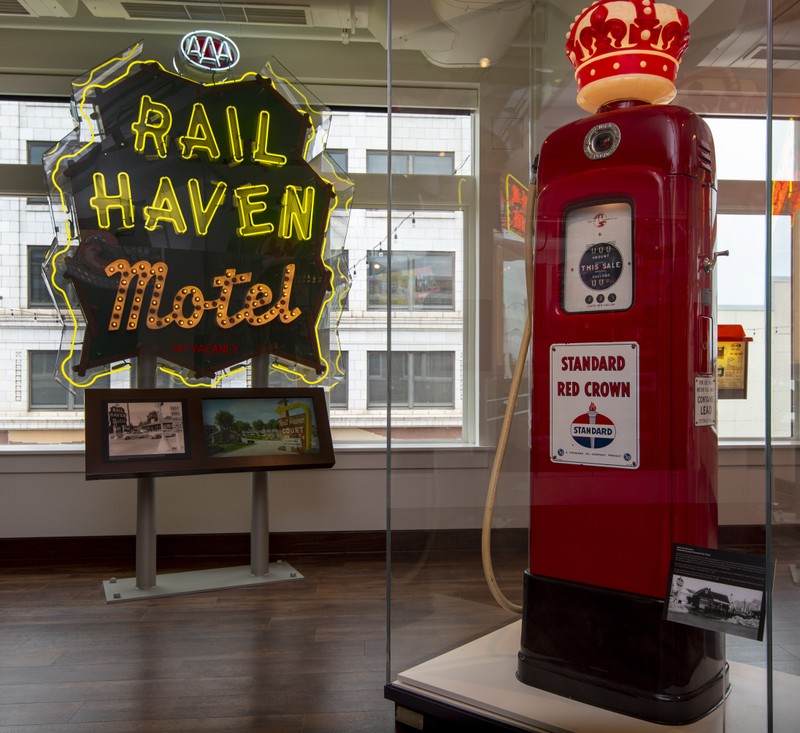
Play a song on this original Mother of All Plastic Jukebox!
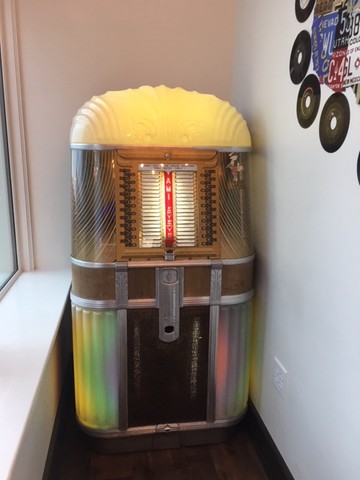
Backstory and Context
Text-to-speech Audio
As highways were being mapped out, a route was devised from Chicago to Los Angeles by a group of men including B.H. Piepmeier of Missouri and Cyrus Avery of Oklahoma along with local Springfield advocate, John T. Woodruff. The route was proposed to be Highway 60, but the Governor of Kentucky opposed the naming. Highways ending in "0" were designated as cross country highways, and he argued that the road was not truly cross-country. Also, Kentucky did not have a main highway (ending in 0 or 5) running through the state which he considered, an "act of isolationism."
The national committee slated Chicago to LA to be 62 instead of 60, but Piepmeier, Avery, Woodruff and their planning team disagreed. The committee for the route met in Springfield, MO at the Colonial Hotel and decided on naming the route "66." A telegram was sent from Springfield requesting 66, and therefore Springfield is nicknamed the Birthplace of Route 66.
J.T. Woodruff eventually became the first president of the Route 66 Association. Their biggest push was to pave the highway from end to end, which took years to do. He receives much of the credit for putting Springfield on the map. He was instrumental in bringing highway 65 through Springfield, supported the transcontinental foot race, and is credited with increased tourism in the city.
Springfield saw an incredible growth in local businesses to accommodate tourism in the area. Hotels, service stations, entertainment venues, and restaurants sprang up across town. A few of the local classics are:
- Grahams Rib Station - In the 1930’s, Graham’s Rib Station was owned and operated by James and Zelma Graham. Zelma was a college educated school teacher who graduated from Lincoln University. In an era of segregation, the African American couple was known for serving everyone – Black and white alike. They also helped house African Americans traveling Route 66, including the likes of Ella Fitzgerald, Satchel Page, and the Harlem Globe Trotters who performed in Springfield but weren’t allowed to stay in the downtown hotels. At their location on Chestnut and Benton, they had cottages available for rent. While James was well known for his meat, Zelma was famous for the Bar-B-Q sauce. James died in 1956, leaving Zelma to run the business. She continued to make and sell the famous Bar-B-Q sauce until 1996.
- Rail Haven Motel - The Rail Haven Motel started out the Rail Haven Cottage Cabins. It was located along the three main highways coming through town - Routes 60, 65, and 66. The name came from the split rail fence around it, which made the motel easier to identify and reflect the Ozark’s style. It was an incredibly popular place to stay along Route 66 from the 1930s through the 1960s. Even Elvis Presley stayed at the Rail Haven when he played at the Shrine Mosque in Springfield.
- Standard Gas Pump - Service stations popped up all over town to accommodate travelers coming though Springfield. Places like Sandy's Standard were truly providing service - they would check your tires, battery and oil, clean your windshield, and fill your car up with gas. Gasoline came from gas pumps like this Martin & Schwartz Model 80 cyclops Standard gas pump. It is a classic version seen at many gas stations along Route 66. The Standard Oil colors with the lighted red and white lighted crown globes were a familiar sight during the period of full-service gas stations.
